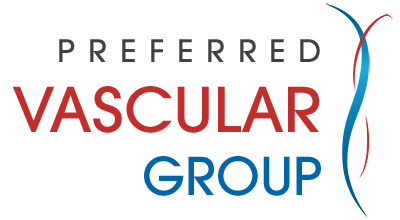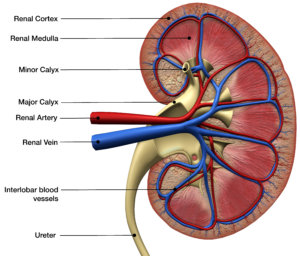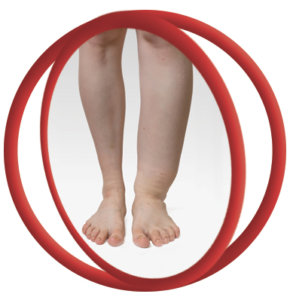Renal Artery Disease
What is renal artery disease?
In some patients, high blood pressure is caused by blockage in the artery to
the kidney, a condition known as renal vascular hypertension. Vascular interventionalists can often treat these blockages without surgery. In most cases, hospitalization and general anesthesia are not required. There is no surgical incision –just a small nick in the skin — and no stitches are needed.
Often, patients may return to normal activity shortly after the procedure. The goal of the treatment in renovascular disease is normalization of the blood pressure or improvement of its control with medications, and improvement or preservation of kidney function.
Angioplasty of the renal artery is relatively low risk and can greatly improve blood pressure control and thus prevent further damage to the kidney. Balloon angioplasty with stenting has generally replaced surgery as the first-line treatment for renal arterial blockages.
If you’re diagnosed with renal artery stenosis, it’s important to discuss the risks of the different treatments with your doctor. The side effects of blood pressure medications include dizziness, sexual problems, headache, and cough. Complications of angioplasty include bruising, bleeding, additional kidney damage, and the possibility that the arteries can close again.
Symptoms
Symptoms of renal artery disease may include:
- Congestive heart failure
- Fluid retention
- Muscle Cramping
- Inconsistent Urination
- Headaches
Risk Factors
Risks for renal artery disease include:
- Diabetes
- Family history of coronary artery disease, peripheral artery disease or renal artery disease
- High blood pressure
- High cholesterol
- Neurofibromatosis, a genetic disorder that disrupts cell growth in your nervous system
- Being over age 50
- Smoking
Treatment
Initial treatment for renal artery disease is often medication. The condition may require three or more different drugs to control high blood pressure. Patients may also be asked to take other medications, such as cholesterol-lowering drugs and aspirin.
In some cases, an intervention such as angioplasty, often with stenting or surgery, may be recommended. With angioplasty, a catheter is inserted into the body through a blood vessel and guided to the narrowed or blocked renal artery. A balloon on the catheter is then inflated to expand the inside of the artery. A stent can then be placed to keep the area open.
Surgery to bypass the narrowed or blocked portion of the artery and/or remove a non-functioning kidney may be done for some patients.
Angioplasty Angioplasty with StentingIf you would like to schedule an appointment at Preferred Vascular Group to have a consult with a Board-Certified physician or would like to have one of our highly trained care providers reach out to you, please click on a button below:



